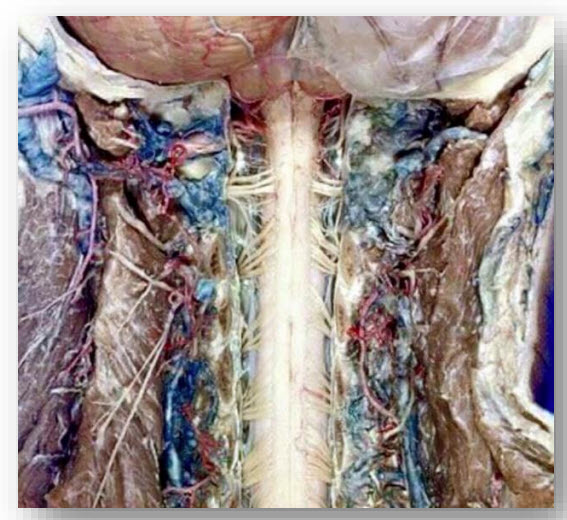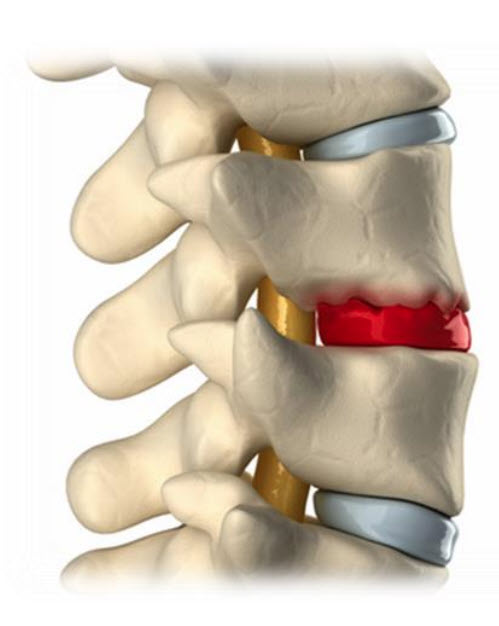
Do you ever wish you could just have more energy? It turns out, chiropractic care might be just what you need, whether you're a busy parent, a stressed-out student, or anyone in between. Chiropractic isn't just about easing back and neck pain—it can boost your energy levels by reducing stress, clearing up nerve interference, and getting your muscles and hormones working in harmony.
People often visit chiropractors for issues like back or neck pain, but many are surprised to find themselves feeling more energetic as a result. This isn't just anecdotal—studies show that chiropractic adjustments can have wide-ranging benefits due to the close relationship between your spine and your nervous system.
Think about what it means to have energy. It's not just about avoiding that mid-afternoon slump; it's about having the stamina to excel at work, enjoy playing with your kids, and focus in class. Nowadays, it's easy to fall into the trap of relying on energy drinks and supplements to get through the day. These quick fixes might seem helpful at the moment, but they're not doing your body any long-term favors.
Chiropractic offers a different approach. It's all about natural balance. For instance, when your spine is misaligned, it can put stress on your muscles. Those muscles then have to work overtime to keep things stable, which can drain your energy. By correcting these misalignments, chiropractic adjustments help your body use energy more efficiently.
Moreover, these adjustments can improve the communication between your brain and the rest of your body by reducing nerve interference, which often leads to better hormone balance and less adrenal fatigue. Research from 2014 supports this, showing that spinal adjustments can enhance spinal movement, reduce nervous system disruptions, and even lower stress hormones in the blood.
Sleep quality is another big piece of the energy puzzle. While getting enough sleep is crucial, the quality of that sleep is just as important. By easing spinal stress, chiropractic care can help balance your body's hormones and lead to better, more restorative sleep. Many chiropractic patients report that better sleep is one of the great side benefits of regular spinal care.
In essence, chiropractic helps maintain the vital connection between your brain and nervous system, reducing physical and chemical stress in the body. This natural approach can help people of all ages feel more vital and energetic—without relying on artificial stimulants that upset your stomach and offer only temporary solutions. So, if you're looking for a sustainable way to boost your energy and overall well-being, consider giving chiropractic a try. It might just be the change you need to unlock a more energetic and fulfilling life.
Chiropractic & Osteopathy 2010
"Interleukin 2-regulated in vitro antibody production following a single spinal manipulative treatment in normal subjects" Julita A Teodorczyk-Injeyan, Marion McGregor, Richard Ruegg, H Stephen Injeyan









